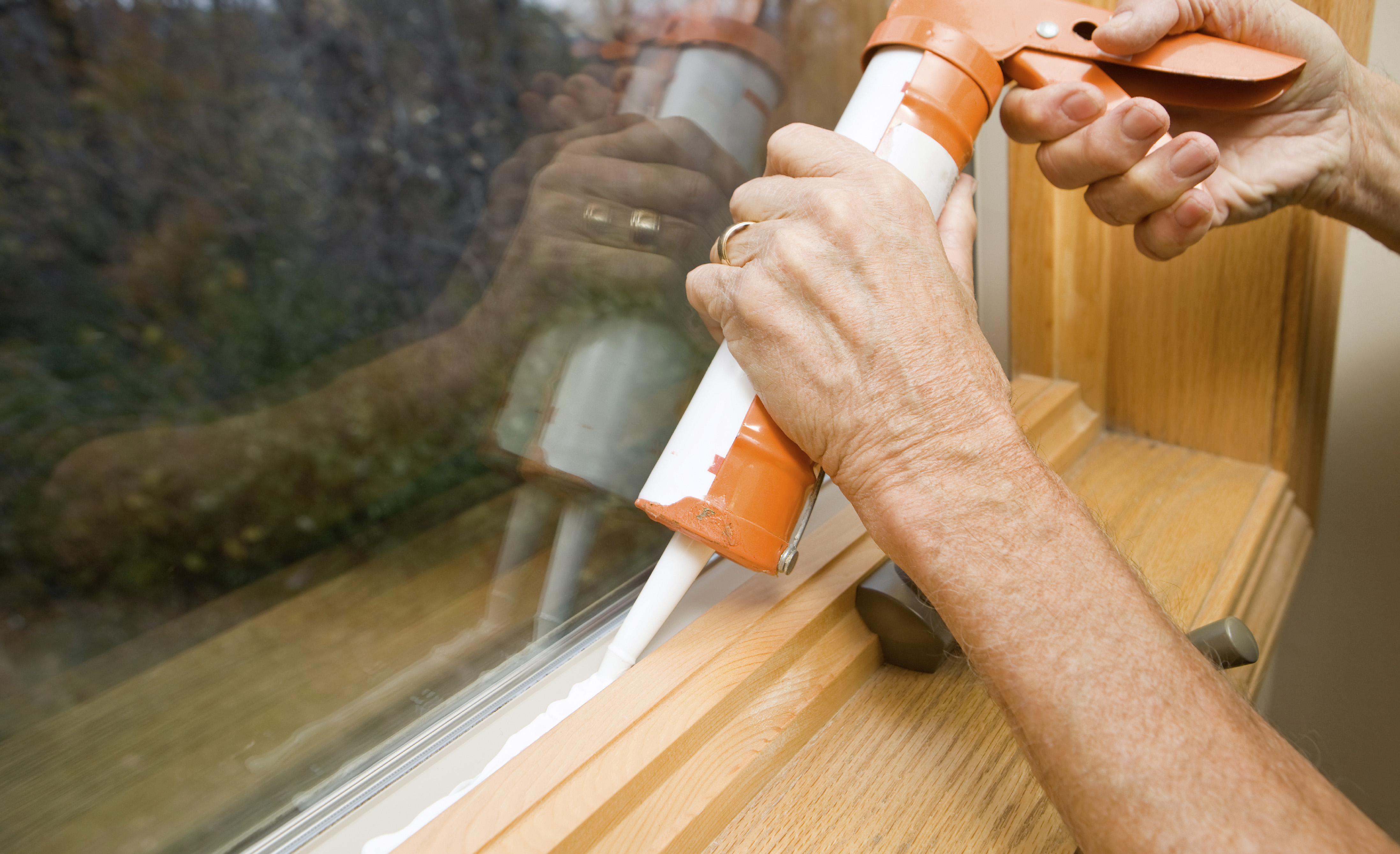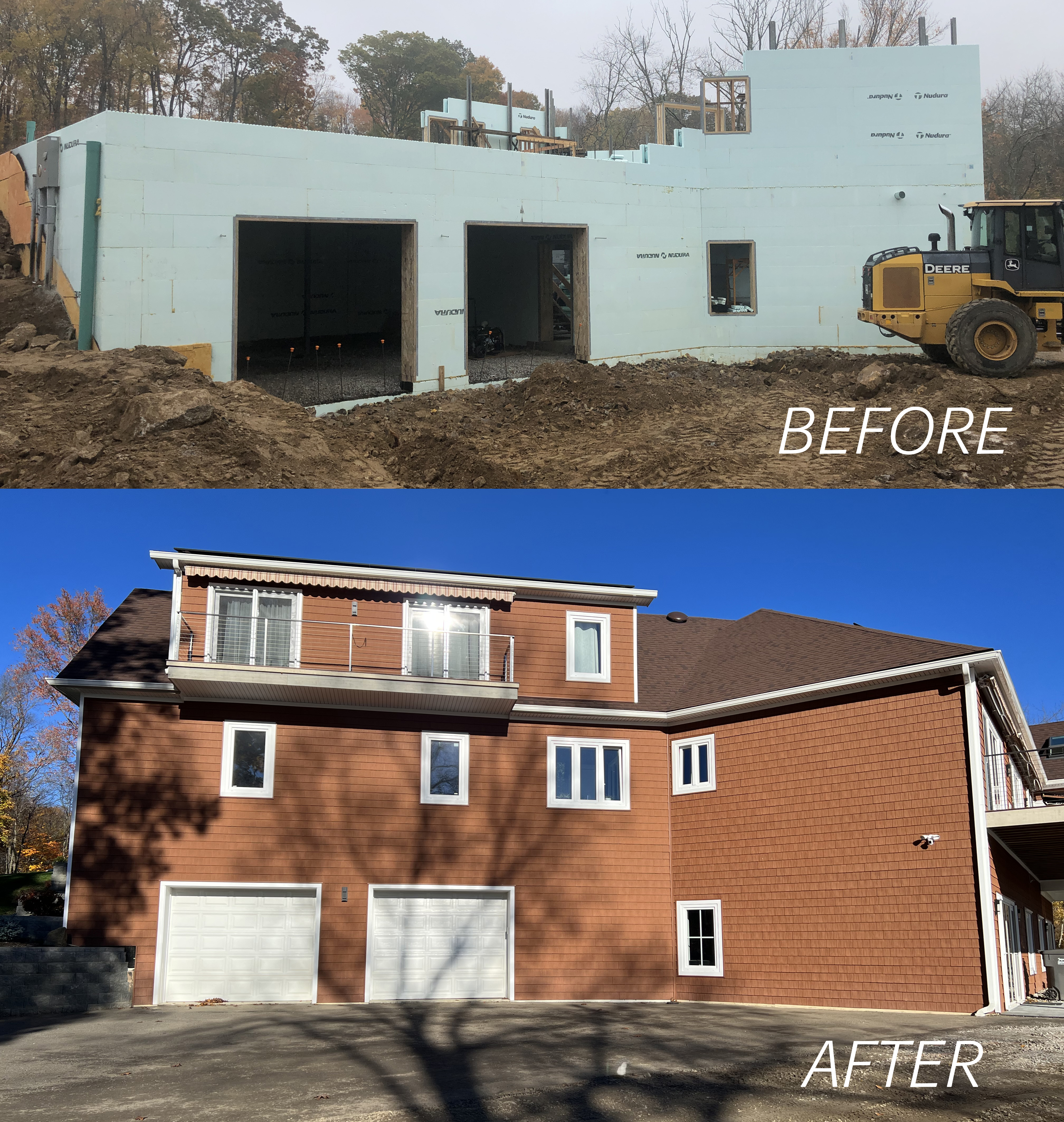
- Products
- Why Nudura
- Nudura Project Applications
- Training Academy
- Resources
- Company
It’s no secret that the cost of everyday living is high. We could all use a break on some expenses. And there’s even more need to reduce our energy bills now that we’re feeling the effects of climate change more often, including extreme temperatures that force us to regularly crank the heat and air conditioning.
Here are six reliable ways you can reduce energy spending – from simple to perhaps surprising.
Take advantage of smart tech
 There are plenty of tools to help you automatically reduce the amount of energy your home consumes – all with minimal impact on your comfort levels. Set up a home energy monitor to understand how much energy you use and when. A “smart” or programmable thermostat can automate changes for you to optimize performance depending on the climate or season. It can turn down the heat at night while you sleep, when no one’s home, or whenever you choose. You can also program it to readjust temperatures on your commute home or at a certain time in the morning. The customizations are endless to make your existing mechanical systems more efficient and aligned with your schedule and personal preferences.
There are plenty of tools to help you automatically reduce the amount of energy your home consumes – all with minimal impact on your comfort levels. Set up a home energy monitor to understand how much energy you use and when. A “smart” or programmable thermostat can automate changes for you to optimize performance depending on the climate or season. It can turn down the heat at night while you sleep, when no one’s home, or whenever you choose. You can also program it to readjust temperatures on your commute home or at a certain time in the morning. The customizations are endless to make your existing mechanical systems more efficient and aligned with your schedule and personal preferences.
Get back to basics
While lowering the thermostat setting and putting on a sweater is an easy way to cut energy costs, you might be surprised how much money this classic piece of advice can save you. In fact, it’s possible to save as much as 10% a year by turning your thermostat down from what it usually is by 7 to 10 degrees F for eight hours a day.
Also check with your utility provider about peak or time-of-use energy pricing in your area. Depending on your location, you could save a lot of cash simply by doing laundry on the weekend or running your dishwasher overnight.
Check HVAC efficiency
Get a professional to examine your heating, cooling and ventilation equipment a couple of times a year to ensure they’re working properly and efficiently. Remember to replace the filters according to the manufacturer’s directions so your system doesn’t have to work extra hard and pull more power.
Consider a heat pump and energy recovery ventilator when it’s time for new HVAC equipment or you’re doing renovations. Contemporary heat pumps can reduce your electricity use for heating by about 65% compared to baseboard heaters. They also reduce humidity better than many air-conditioning systems, helping you stay more comfortable for less money.
 Rid your home of drafts
Rid your home of drafts
Don’t pay for heating or cooling that will quickly escape through walls or around windows. Instead, for a low-cost fix, install weatherstripping or fresh caulking around windows and doorframes. Energy-efficient, double- or triple-paned windows will also improve insulation and seal out drafts, so they are worth seeking out when it’s time for replacement. After all, windows make up 15 to 20% of your home’s exterior surface. Look out for financial incentives like rebates and tax credits for these and other energy efficiency upgrades.
Improve insulation
Insulation is essential for your home to maintain proper temperatures. However, over time cellulose and fiberglass insulation can sag or settle, reducing its effectiveness. Even in newer properties there’s often room to insulate above minimum building standards. You may want to add extra insulation to areas like the attic, garage, basement or exterior walls, which all tend to have less insulation and more exposure to exterior temperatures than the rest of your home.

Create a solid foundation
For both instant and long-term energy savings, build new garages, additions, or pools using energy-efficient methods and materials, such as insulated concrete forms, known as ICFs. This type of construction provides built-in, continuous insulation around a monolithic poured concrete wall. If you’re in the market for a new house, consider ICFs for the entire project for even greater sustainability.
Building with Nudura ICFs limits the transfer of heated or cooled air and creates a tighter building envelope. The insulating power of ICFs gives you more consistent temperatures and can reduce the amount you have to spend on energy by up to 60% compared to wood framing.
CONTACT US
We’re committed to supporting homeowners and design professionals who are interested in or use our products. We’re always happy to help and provide more information.




